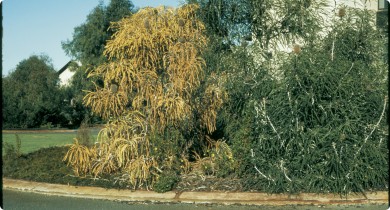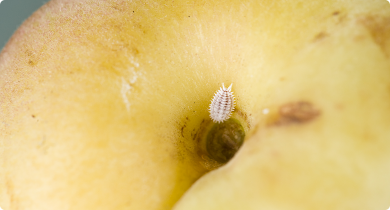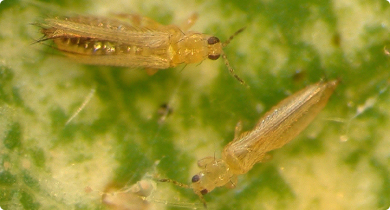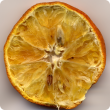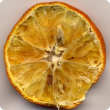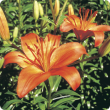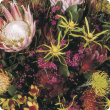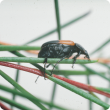Nursery & cutflowers
Western Australia has a significant nursery industry and also grows exotic and Australian native flowers for local and export markets. Nurseries exist in most areas from Broome to Esperance.
Important sectors include land rehabilitation after mining and on farms, state and local government, seedlings for commercial growers and home gardens. There is growing emphasis on ‘waterwise’ plants using local provenance species.
Sales of exotic cutflowers are primarily local whereas waxflowers, South African proteas and bush-picked flowers and foliage are mostly exported.
The Department of Primary Industries and Regional Development has developed new hybridised waxflower varieties and produced reports on best propagation, field and postharvest management practices of these crops.
Filter by search
Filter by topic
- Pests, weeds & diseases (17) Apply Pests, weeds & diseases filter
- Biosecurity & quarantine (11) Apply Biosecurity & quarantine filter
- Biosecurity (11) Apply Biosecurity filter
- Production & postharvest (10) Apply Production & postharvest filter
- Fruit (10) Apply Fruit filter
- Diseases (10) Apply Diseases filter
- Plant biosecurity (9) Apply Plant biosecurity filter
- Pests (8) Apply Pests filter
- Vegetables (6) Apply Vegetables filter
- Fungi (6) Apply Fungi filter
- Pest insects (5) Apply Pest insects filter
- Postharvest (5) Apply Postharvest filter
- Stone fruit (3) Apply Stone fruit filter
- Viruses & virus-like (3) Apply Viruses & virus-like filter
- Plant nutrition (3) Apply Plant nutrition filter
- Grapes & wine (3) Apply Grapes & wine filter
- Potatoes (2) Apply Potatoes filter
- Tomatoes (2) Apply Tomatoes filter
- Citrus (2) Apply Citrus filter
- Pastures (2) Apply Pastures filter
- Pome fruit (1) Apply Pome fruit filter
- Pasture management (1) Apply Pasture management filter
- Nematodes (1) Apply Nematodes filter
- Pumpkin (1) Apply Pumpkin filter
- Quarantine (1) Apply Quarantine filter
- Weeds (1) Apply Weeds filter
- Water management (1) Apply Water management filter
- Water (1) Apply Water filter
- Mites & spiders (1) Apply Mites & spiders filter
- Lettuce (1) Apply Lettuce filter
- Climate, land & water (1) Apply Climate, land & water filter
- Carrots (1) Apply Carrots filter
- Capsicums and chillies (1) Apply Capsicums and chillies filter
- Control methods (1) Apply Control methods filter
- Fertiliser (1) Apply Fertiliser filter
- Irrigation (1) Apply Irrigation filter
- Irrigated crops (1) Apply Irrigated crops filter
- Grains (1) Apply Grains filter
- Minor fruits (1) Apply Minor fruits filter

